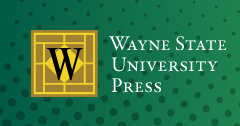Abstract
As the generation of Holocaust survivors dwindles, the questions of Holocaust representation are especially poignant today. What is appropriate? What are the limits of taste and irony? How to deal with the plethora of media-generated images of the past? These questions are particularly resonant in Israel, where Holocaust history and memory are the cornerstones of national culture and part and parcel of its “civil religion,” instrumentalized to serve the interests of the state. In this article I explore the work of young Israeli artists who may be termed “third generation” survivors, and the way their art engages with the memory of the Holocaust. Focusing on a representative video work, Awake by Tamar Latzman, I show that the art of the third generation is characterized by close attention to earlier representations of the Holocaust and their mediation. The artists’ attitude toward these representations is often playful, relying on parody, irony, and humor, and drawing paradoxical connections between past and present. They experiment with point of view, shifting from victims to perpetrators or deniers. I conclude that what emerges in Latzman’s (and others’) work is meta-memory—a memory of a memory (in the same way in which meta-cinema is film about film).
Recommended Citation
Gershenson, Olga
(2018)
"Meta-Memory: About the Holocaust in New Israeli Video Art,"
Jewish Film & New Media: Vol. 6:
Iss.
1, Article 3.
Available at:
https://digitalcommons.wayne.edu/jewishfilm/vol6/iss1/3
